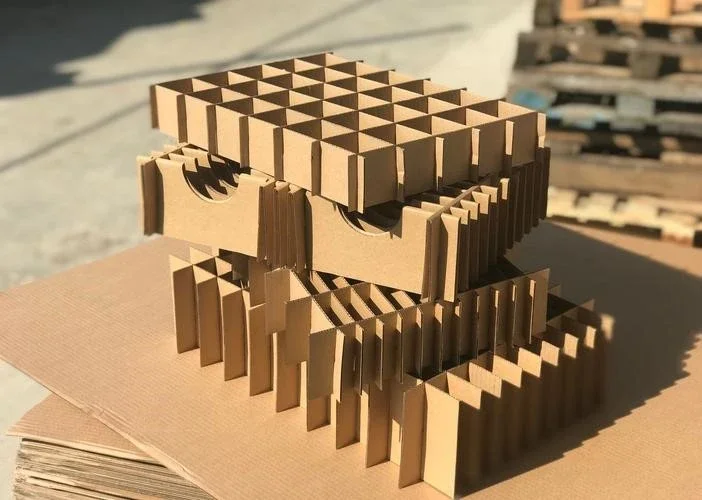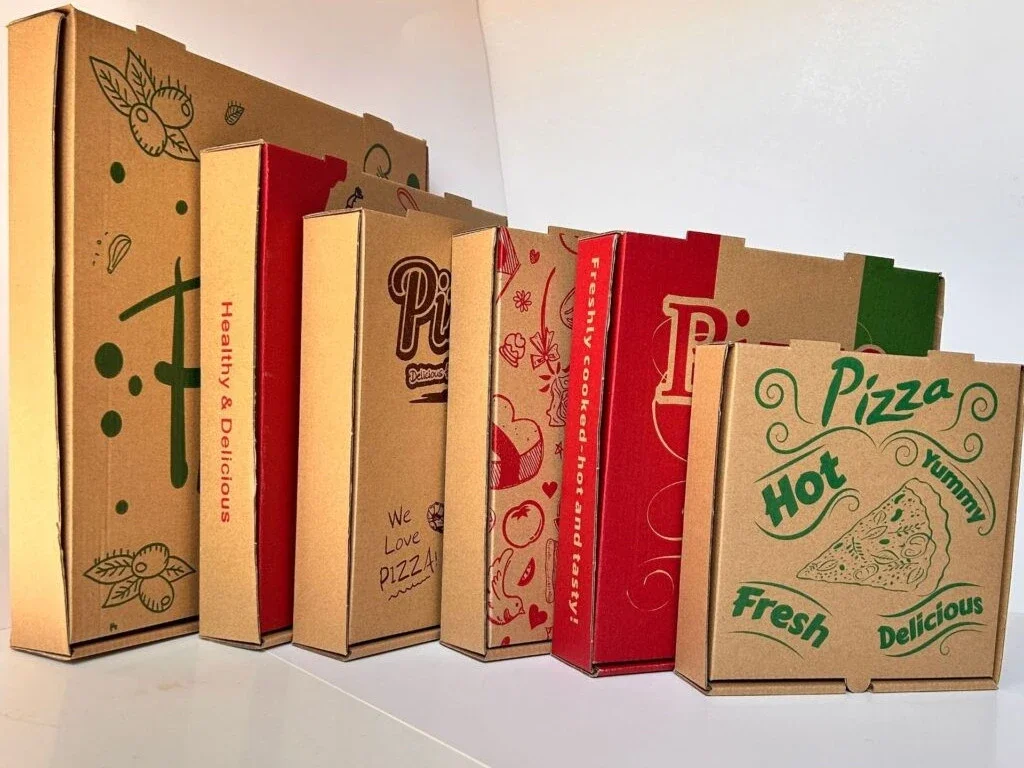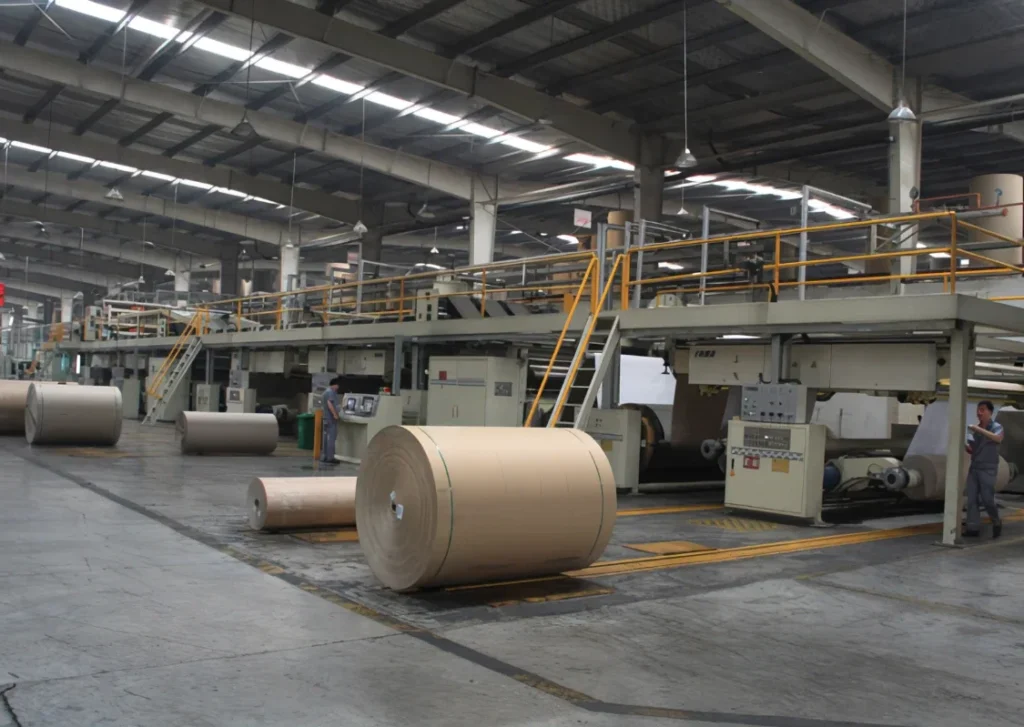
If you’re wondering how to start a corrugated box manufacturing plant, this guide will walk you through everything from planning and equipment to location, compliance, and operations. The global packaging industry is rapidly expanding, and corrugated boxes remain at the forefront due to their affordability, recyclability, and versatility.Whether for e-commerce, food delivery, electronics, or industrial logistics, the demand for corrugated packaging is strong and growing.
However, building a successful corrugated box manufacturing plant requires more than machinery and capital—it demands deep market understanding, strategic planning, technical execution, and attention to often-overlooked operational details.
This guide outlines both the major strategic pillars and the critical operational details required to successfully launch and run a corrugated box manufacturing plant.
1. How to Start a Corrugated Box Manufacturing Plant: Market Research and Strategy
Thorough market research is essential, Before starting a corrugated box manufacturing plant, you must conduct thorough market research:
- Demand Analysis: Study local and regional needs for packaging—e.g., food, electronics, logistics, or heavy-duty applications.
- Competitor Landscape: Understand existing factories’ product range, pricing, delivery lead time, and customer base.
- Customer Segmentation: Define your ideal customer base—B2B manufacturers, exporters, logistics providers, or retailers.
- Product Strategy:
- Standard RSC boxes
- Custom die-cut boxes
- Printed or laminated boxes
- Heavy-duty or eco-friendly packaging
Identifying a profitable niche or service advantage is key to standing out in the market.
2. Choose a Strategic Location
Your plant’s location influences logistics, cost, and operations:
- Proximity to Raw Material Sources (kraft paper suppliers)
- Accessibility to Customers
- Labor Market Availability
- Infrastructure & Utilities (power, water, roads)
- Regulatory Environment (licenses, environmental laws, incentives)
Choosing a location within an industrial zone often comes with infrastructure support and tax benefits.
3. Plan Factory Layout and Infrastructure
A well-organized factory layout improves efficiency and safety:
- Raw Material Storage
- Corrugation Line
- Converting Section (printing, die-cutting, folding/gluing)
- Finished Goods Area
- Maintenance Workshop & Safety Zones
- Administrative Office & QC Lab
Plan for space expansion and ensure proper ventilation, lighting, and fire safety infrastructure.
4. Select and Install Production Equipment
Choose machines based on your production goals, product range, and desired automation level.
Core Equipment:
- Corrugator line (single/double wall)
- Flexo printer
- Die-cutter (rotary or flat-bed)
- Folder gluer / stitching machine
- Strapping and bundling units
Key Tips:
- Match machine speeds and widths across the line
- Purchase essential spare parts in advance
- Train in-house technicians during installation to reduce downtime
- Plan for preventive maintenance schedules
5. Secure a Stable Supply Chain
Key inputs:
- Raw Materials: Kraft linerboard, corrugating medium
- Inks & Glues: Choose eco-friendly and regulation-compliant options
- Other Supplies: Packing tape, straps, stretch film
Develop long-term contracts with suppliers to manage cost fluctuation and lead times.
6. Comply with Local Regulations and Standards
Legal & Operational Setup:
- Business registration
- Factory operating license
- Import/export clearance
Labor & Safety Compliance:
- Adhere to minimum wage and labor laws
- Ensure OSHA or local safety standards
- Provide PPE and emergency training
Environmental Compliance:
- Waste management plan
- Emission control system
- Possess or plan for ISO 14001 or local certifications
7. Recruit and Train Key Personnel
Essential Roles:
- Production Manager
- Machine Operators
- Maintenance Technicians
- Quality Control Inspectors
- Sales & Customer Service Team
Training Areas:
- Equipment operation
- Product quality standards
- Workplace safety and emergency response
- ERP or inventory management system usage
Encourage continuous skill development to reduce turnover and improve efficiency.
8. Plan Financials and Investment Strategy
Expected investment:
| Plant Scale | Investment Estimate (USD) |
|---|---|
| Small (manual) | $100,000 – $300,000 |
| Medium (semi-auto) | $500,000 – $1 million |
| Large (automated) | $1.5 million – $5 million |
Build a financial model including:
- Capital expenditure
- Working capital
- Monthly fixed/variable costs
- Break-even point and ROI projections
Also prepare for unexpected costs such as machine breakdowns, raw material spikes, or currency fluctuations.
9. Develop Sales Channels and Customer Relationships
Sales Strategy:
- Website with SEO targeting relevant keywords
- Online presence on B2B platforms like Alibaba, Made-in-China, Indiamart
- Local partnerships with packaging distributors
- Participation in trade expos
Customer Service:
- Offer custom design assistance
- Maintain high on-time delivery rate
- Manage repeat orders through CRM tools
Build long-term relationships by delivering consistency, responsiveness, and quality.
10. Obtain Certifications and Build Credibility
Certifications increase trust and open high-value client doors:
- ISO 9001 – Quality Management System
- FSC – Sustainable sourcing (required by many multinational clients)
- BSCI / Sedex / SMETA – Social and ethical audit compliance
Ensure employees and processes are ready to meet these standards before scheduling third-party audits.
11. Pay Attention to Critical Operational Details (Often Overlooked)
✅ Spare Parts Planning
Always stock critical spare parts for high-wear items (e.g., belts, heaters, rollers, sensors) to avoid production delays.
✅ Preventive Maintenance
Implement a preventive maintenance schedule to reduce breakdowns and improve machine lifespan.
✅ Blade/Die Management
Store all dies and molds in a controlled environment. Track usage frequency and inspect regularly for wear.
✅ Paper Waste Optimization
Analyze production loss and optimize cutting patterns. Recycle scrap effectively and sell if possible.
✅ Inventory Traceability
Use batch numbers and barcoding to trace raw materials and finished goods, especially important when serving large clients.
✅ Fire Safety
Corrugated factories are highly flammable. Install fire extinguishers, alarms, and emergency exits; conduct drills regularly.
✅ ERP & Systemization
Implement ERP or MES systems to digitize your process—real-time data for production, quality, and inventory.
✅ Customer Complaint Protocol
Have a clear, documented return/complaint handling process. Use feedback loops to improve continuously.
✅ Mold & Die Return Policy
Keep clear records when customers provide their own molds, and maintain mold ownership policies.
✅ Financial Audits & Tax Planning
Track costing per box, including material, labor, energy, and waste to improve pricing accuracy and financial transparency.
✅ ISPM-15 and Export Requirements
If shipping on wooden pallets internationally, comply with ISPM-15 (heat treatment or fumigation). Know your HS codes and export documents.
Conclusion
Establishing a corrugated box manufacturing plant is a capital-intensive but potentially high-return investment—especially when backed by operational excellence, reliable supply chains, and a strong market strategy.
Whether you’re launching a new business or expanding an existing one, success lies in managing both the macro strategy (location, market, equipment, compliance) and the micro details (spare parts, quality control, team training, inventory flow).
With careful planning, execution, and attention to detail, you can successfully start a corrugated box manufacturing plant and become a competitive player in the global packaging industry.




